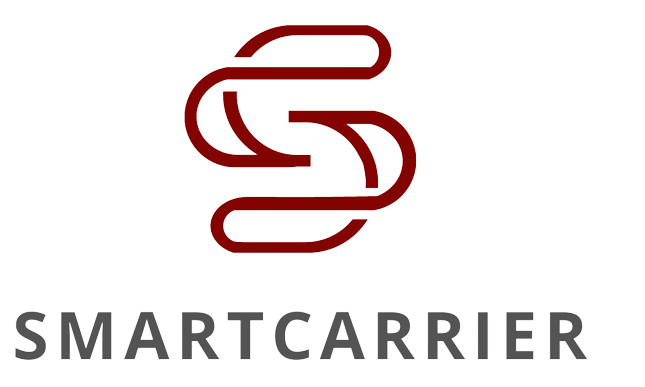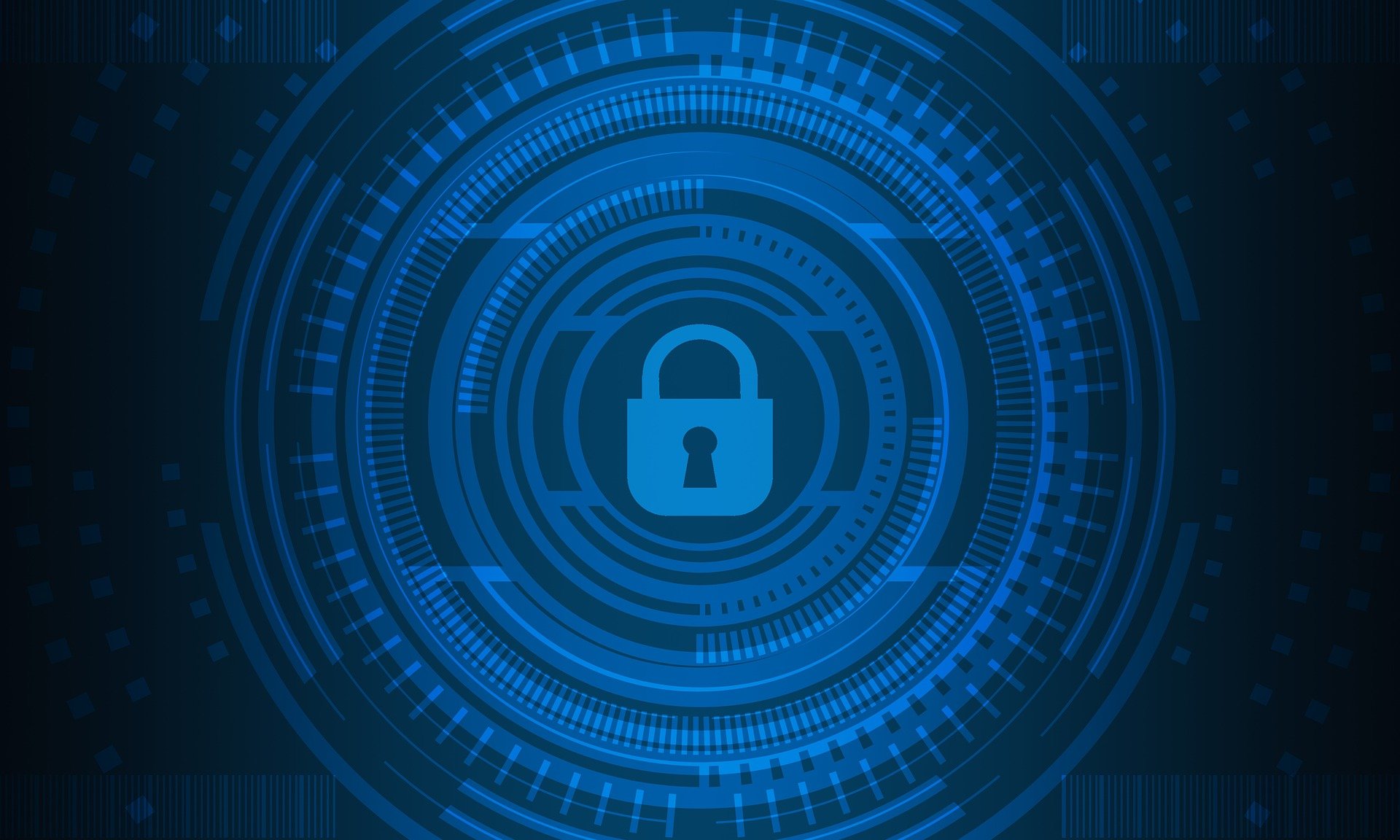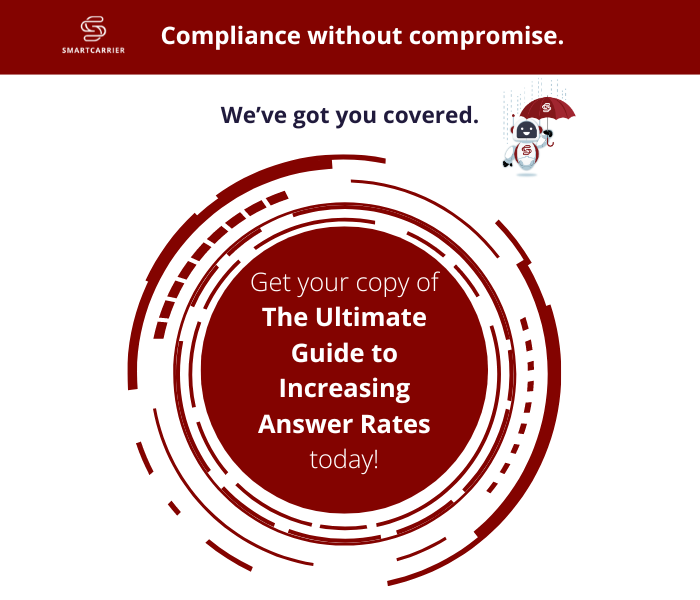A
ACD:
The average call duration (ACD) is a measurement in telecommunications that reflects an average length of telephone calls transmitted on telecommunication networks.
AI:
Artificial Intelligence
AMD:
Answering Machine Detection
ANI:
Automatic Number Identification (ANI) is a telephony service that allows the receiver of a phone call to capture and display the phone number of the phone that originated the call, and is mainly in place for billing purposes.
API Key:
An API key is used as a form of authentication to provide users with authorized access to the data it returns. The authentication access is provided in the form of a secret token.
ASR:
The answer-seizure ratio (ASR) is a measurement of network quality and call success rates in telecommunications. It is the percentage of answered telephone calls with respect to the total call volume.
Asterisk:
A popular open source communications toolkit. Asterisk powers IP PBX systems, VoIP gateways, conference servers, and is used by SMBs, enterprises, call centers, carriers and governments worldwide.
Learn more here https://www.asterisk.org/.
B
BYOC:
BYOC (Bring Your Own Carrier) refers to programs that give you the ability to choose a carrier that best fits your business needs, and in turn, plug them into your unified communications or contact center platforms.
C
CA:
Carrier Aggregation (CA) is a feature of LTE-Advanced that allows mobile operators to combine two or more LTE carriers into a single data channel to increase the capacity of the network and the data rates by exploiting fragmented spectrum allocations.
Call Detail Records:
Call detail records (CDRs) capture information on calls made on telephone systems, including who made the call (name and number), who was called (name if available, and number), the date and time the call was made, the duration of the call, and typically dozens of usage and diagnostic information elements (for example, features used and reason for call termination). CDRs are collected on a regular basis for processing into usage, capacity, performance and diagnostic reports. With such information, it is easier to spot exceptions to regular calling patterns, such as out-of-hours calling, international calls, significant variances from previous reporting periods and call destinations that do not reflect normal calling patterns for the enterprise.
Carrier Agnostic:
Network Agnostic simply means having no ties or preferences for specific mobile networks or providers.
CID/CLID:
Caller ID (CID), also called calling line identification (CLID), is a telephone service that transmits a caller's number to the called party's telephone equipment during the ringing signal, or when the call is being set up but before the call is answered.
CLEC:
Competitive Local Exchange Carrier (CLEC), A smaller telecommunication carrier that buys access to infrastructure from the ILEC’s.
D
DID:
Direct Inward Dialing (DID) is a telephone service that allows a phone number to ring through directly to a specific phone at a business instead of going to a menu or a queue and needing to dial an extension. A phone number that is used like this is often called a "DID" (and multiple numbers are called "DIDs”).
F
FreePBX:
A popular open-source IP PBX. Learn more here https://www.freepbx.org/.
Fusion PBX:
FusionPBX can be used as a highly available single or domain based multi-tenant PBX, carrier grade switch, call center server, fax server, voip server, voicemail server, conference server, voice application server, appliance framework and more. Learn more here https://www.fusionpbx.com/.
FreeSWITCH:
A highly scalable, multi-threaded, multi-platform communication platform. Learn more here https://signalwire.com/freeswitch.
I
Interconnect:
Process for telecom operators to handle calls for other operators thus allowing people who are using different networks to communicate with each other in both domestic and international scenarios.
IP:
Internet Protocol (IP) is a method that computers use to communicate over the internet.
IVR:
Interactive Voice Response (IVR), An automated telephony system that interacts with callers, gathers information and routes calls to the appropriate recipients.
L
LAN:
Local Area Network (LAN), A collection of devices connected together in one physical location, such as a building, office, or home.
LATA:
Local Access Transport Area
LERG:
Local Exchange Routing Guide
LNP:
Local Number Portability
LRN:
Local Routing Number
N
National Do Not Call Registry:
Learn more here https://www.ftc.gov/news-events/topics/do-not-call-registry
NPA-NXX:
"NPA" means numbering plan area, which is the area code for a telephone number. "NXX" refers to the first three digits of a telephone number, which identify the specific telephone company central office that serves that number.
O
Origination:
Origination/Inbound Calling Services provide the ability to receive inbound calls, to receiving callers' phone number(s). Furthermore, Origination is used to represent the inbound call leg of two-way voice communications, including PSTN traffic.
R
Robocall Mitigation Database:
Learn more here https://www.fcc.gov/robocall-mitigation-database
Routing IP:
IP Routing is an umbrella term for the set of protocols that determine the path that data follows in order to travel across multiple networks from its source to its destination. Data is routed from its source to its destination through a series of routers, and across multiple networks.
S
SaaS:
Software as a service
SHAKEN Attestation Levels:
There are three SHAKEN attestation levels, A, B, and C.
- A-Attestation (Full attestation) indicates that the telecom carrier that originated the call knows the customer that initiated the call and the customer is authorized to use the Caller ID that the call is being originated from.
- B-Attestation (Partial attestation) indicates that the telecom carrier that originated the call knows the customer that initiated the call but does not have an LOA indicating that the customer is authorized to use the Caller ID that the call is being originated from.
- C-Attestation (Gateway attestation) means that the telecom carrier does not know the caller’s identity and the source of the call cannot be identified. This simply means that the call has been routed through a gateway that is STIR-SHAKEN compliant. Calls with this level of attestation are most likely to be blocked or tagged as spam.
Telecom carriers must use the appropriate level of SHAKEN attestation when signing calls. If they do not, they could lose their telecom licenses. As such, telecom carriers have developed procedures to ensure that calls are properly signed with the appropriate level of SHAKEN attestation.
SIP:
Session Initiation Protocol (SIP), A signaling protocol that enables the Voice Over Internet Protocol (VoIP) by defining the messages sent between endpoints and managing the actual elements of a call.
SMS:
Short Messaging Service (SMS), commonly known as text messaging, is a service for sending short messaging between mobile devices.
SPAM/SPAM LIKELY:
How Your Phone Carrier are Labeling Incoming Robocalls
Here are the phrases used by the major telephone companies that are already filtering calls:
T-Mobile/MetroPCS: “Scam Likely”
T-Mobile labels calls it believes are fraudulent as “Scam Likely” or “Nuisance Likely” on the Caller ID screen.
AT&T: “Spam Risk”/ “Fraud Risk”
This company rolled out spam call identification in 2019, using the words “Spam Risk” (or sometimes, “Fraud Risk”) to alert users of potential robocalls.
Verizon: “Potential Spam”
Verizon began offering free tools to identify robocalls in 2019. Unverified numbers that may be robocalls or scams are marked as “Potential Spam” by the carrier.
Sprint: “Potential Fraud”
Sprint Call Screener Basic, free to all Sprint users, shows the words “Potential Fraud” on the screen when detecting spam or robocalls. As of April 2020, Sprint and T-Mobile have merged to form the third largest national carrier. It is unknown how the combined company will label calls in the future.
Frontier: “Potential Spam”
Calls flagged by Frontier will read “Potential Spam”. This feature is available to all Frontier users who have Caller ID.
STI-AS/VS:
Stands for Secure Telephone Identity - Authentication Service. As of June 30th, 2020, U.S. carriers with 100,000+ lines have to sign SIP calls with STIR/SHAKEN tokens.
STI:
Ribbon Secure Telephone Identity (STI) is a STIR/SHAKEN standards-compliant solution that enables service providers to authenticate the veracity of a calling line identity originating from their network or verifying the calling line identity of calls terminating to their network.
STIR/SHAKEN:
STIR/SHAKEN digitally validates the handoff of phone calls passing through the complex web of networks, allowing the phone company of the consumer receiving the call to verify that a call is in fact from the number displayed on Caller ID.
STIR/SHAKEN Token:
STIR/SHAKEN is a framework of interconnected standards. STIR/SHAKEN are acronyms for the Secure Telephone Identity Revisited (STIR) and Signature-based Handling of Asserted Information Using toKENs (SHAKEN) standards. This means that calls traveling through interconnected phone networks can have their Caller ID "signed" as legitimate by originating carriers and validated by other carriers before reaching consumers. STIR/SHAKEN digitally validates the handoff of phone calls passing through the complex web of networks, allowing the phone company of the consumer receiving the call to verify that a call is in fact from the number displayed on Caller ID.
T
TCPA:
The TCPA (Telephone Consumer Protection Act) is a United States federal law enacted in 1991 by Congress that restricts telemarketing calls and SMS messages. The TCPA regulates when a solicitor is allowed to call a residency, as well as requires businesses to honor the National Do Not Call Registry.
Termination:
The originating end is where the call is placed and the terminating end refers to the recipient(s) being called. Therefore, termination simply refers to delivering the outbound calls you have placed. No phone is necessary to terminate calls.
Tier 1, Tier 2 and Tier 3 Carriers:
Classification indicating the size of a service provider. Tier 1 providers are the largest, such as AT&T, CenturyLink, Zayo, and Verizon, with network systems that span the globe. They can generally send data anywhere without having to pay transit fees, either because they own the network or they have peering agreements with other networks. A Tier 2 network “peers” with many networks, but also has to pay some transit fees. A Tier 3 service provider must pay transit fees to access the Internet.
The TRACED Act:
The TRACED (Telephone Robocall Abuse Criminal Enforcement and Deterrence) Act is a piece of bipartisan legislation that was signed into law on December 31, 2019. The Act seeks to increase enforcement against telemarketers and scammers making illegal robocalls, and among other things, requires the FCC to establish a call authentication framework and mitigation criteria aimed at preventing the ultimate delivery of fraudulent calls to end-users.
U
ULC:
Underlying Carrier (ULC) is a third party vendor/carrier. This term would be commonly heard in the context referring to outbound calling/termination.
V
VICIdial:
A popular open-source Contact Center solution. Learn more here https://www.vicidial.com/.
VoIP:
Voice over Internet Protocol (VoIP), a way of sending voice calls over a data connection, like broadband connection
NANP-North American Numbering Plan
VPN:
Virtual Private Network (VPN) is a networking solution that allows you to create a secure connection to another network over the Internet. VPNs can be used to access region-restricted websites, shield your browsing activity from prying eyes on public Wi-Fi, and more.
Z
Zero Trust:
Refers to the Zero Trust Security Model, also called Zero Trust Architecture (ZTA) or Zero Trust Network Access (ZTNA). In this approach, IT systems are designed with ongoing verification and authentication as the default. This ensures a high standard of security is maintained.

 Glossary of Terms"/>
Glossary of Terms"/>





